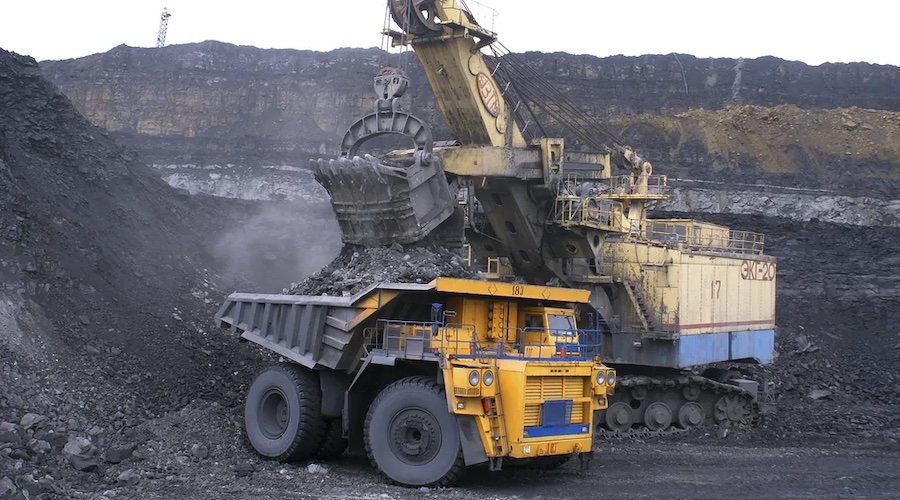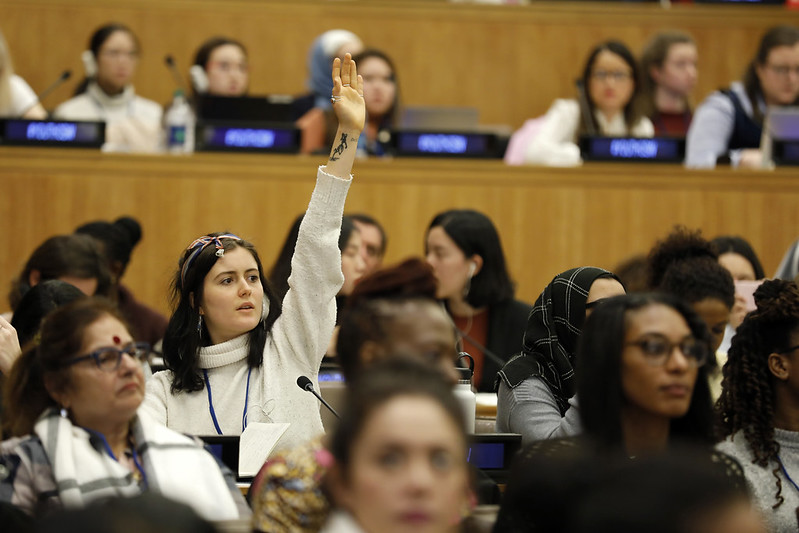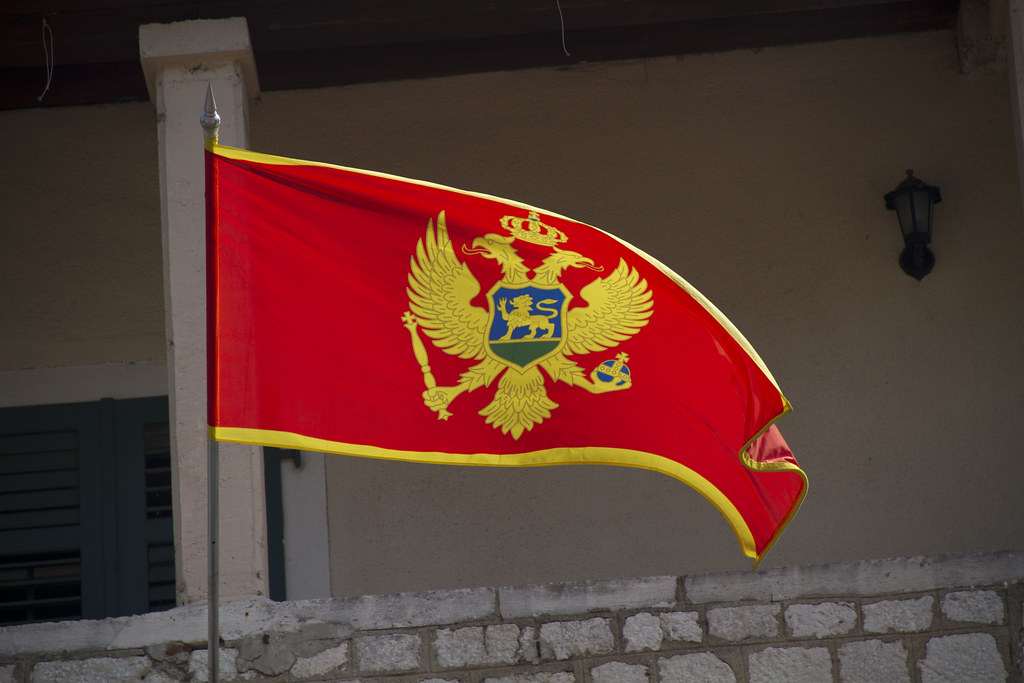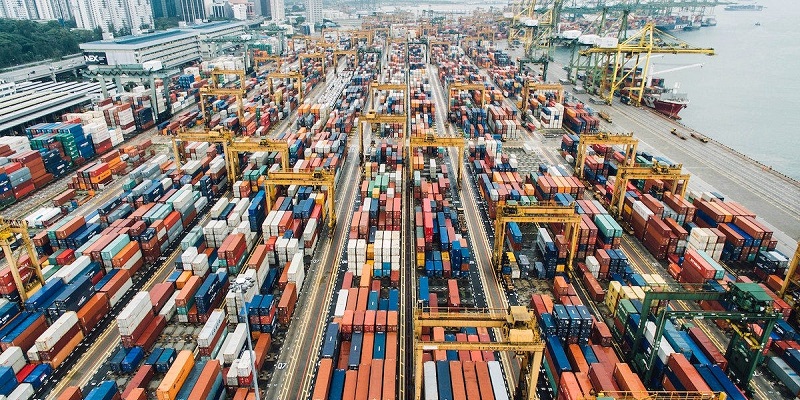In the context of trade negotiations, particularly the failed variety, it is de rigueur to highlight obstacles, barriers and differences. But where critical minerals policy is concerned, it is the similarities between the European Union (EU) and Australia that are noteworthy.
Given changed global circumstances, both Australia and the EU are now moving at pace to shore up supply of these industrial and strategic necessities. Positively for trade negotiators, we each have something to offer.
Our shared past approach to critical minerals seems to have been: Everything is fine. Supply is guaranteed. Then, pushed by rather predictable global circumstances, our mantra changed and we witnessed a collective volta-face. Australia and the EU are now developing strategies to secure access to these essential resources for clean energy transition and national security.
Australia has a list of 31 critical minerals and the EU a list of 34 critical raw minerals, of which 17 defined as strategic. This difference in terminology indicates different focus on the value chain but also complementarity – the upstream resource extraction of critical minerals reflecting Australia’s approach, and downstream manufacturing of critical raw materials of significance for Europeans. The two Australian characteristics to define a critical mineral are that it is essential for our economy or national security, and that there is a risk that supply chains could be disrupted. The EU also cites economic importance and supply risk as its defining parameters.
So yes, we could have seen the supply problems coming.
With China responsible for processing of 90% of the global rare earth output there is an undeniable supply chain risk. The recent federal election raised critical minerals as a political issue, with the Albanese Labor government announcing a federal critical minerals stockpile. While there are arguments that a strategic reserve could support a domestic critical minerals industry and expand export markets, criticism from industry about the specific proposal for a strategic reserve is not without merit.
The election announcement also attracted some clear-eyed commentary which highlighted the benefits of a strategic reserve, while succinctly recognising the principal foci of mining proposals: How to fund (very large) capital expenditure; how to clear the regulatory hurdles for project approvals; and how to secure a buyer for raw minerals (preferably in advance of production). While these three points are the traditional narrative underpinning the global mining sector, these were joined by a fourth, high-level question: how can nations process these minerals to boost industry value-add and support sovereign strategic and economic imperatives?
This exposes the underlying problem facing a critical minerals stockpile: processing – the strategic bottleneck of global concern, particularly problematic for the EU. While collective sighs of relief were heard across the EU in response to China’s tilt towards export control reprieves, the fact remains that China provides 100 percent of the EU’s heavy rare earth elements – the essential inputs of permanent magnets used for electric vehicles and renewable energy technologies.
The EU’s Critical Raw Minerals Act provides a policy shift. It sets 2030 benchmarks for enhancing the Union’s extraction, processing and recycling capacities, including the objective that no more than 65 percent of the EU’s annual critical raw minerals consumption comes from a single third country. While questions have been raised if this is sufficient, the EU’s diversification efforts are justified and simply represent good business practice.
What can be done to address the supply risks?
Firstly, both Australia and the EU need to acknowledge that we are late to the party and are starting at a disadvantage. The world leader in rare earths processing has enjoyed a decades-long head start which has enabled it to build a clear competitive advantage in rare earths processing. This context, however, only highlights the necessity of taking a collaborative approach to a common problem.
Australia is an economy supported by digging things up and selling them on. No matter how much it pains to say, we no longer have a broad high-tech manufacturing base in this country – our best and brightest go elsewhere and we are expensive. However, the EU does have a high-tech industrial capacity that would take decades to emulate.
We have a stable democracy supported by the rule-of-law, we have access to raw minerals, and we have expertise at large-scale extraction. If we recast our bilateral trade relationship in terms of industrial collaboration and the exchange of intellectual property and hands-on nous, then we can better facilitate direct onshore EU investment.
This is not an original idea, but one that needs more attention and more serious policy consideration. This should be a major aim of EU trade negotiations, although it will require a shift in public attention from the historical and dominating (yet important) agricultural focus.
Secondly, we need to put aside the jingoistic chest-beating and focus on reality. Is Australia a critical minerals powerhouse with world-leading reserves? Maybe, but certainly not to the extent that political bluster suggests. Is Australia home to world-leading rare earths deposits? We are one of many, and we need to be clear that we have some, yet others have more. Are we a cheap manufacturing jurisdiction? No.
What do we have then? Rigour, standards, and massive experience applying these to resource projects. While industry may paint our regulatory frameworks as onerous, complex and expensive, an affirmative project approval carries weight. It shows that a project has met environmental standards, it has met community standards, and it has met the detailed and rigorous requirements of the governing JORC Code. Combined, this is a mark of quality that few jurisdictions can boast.
Contrary to typical notions of bureaucracy, there is no need to trade-off rigour with efficiency. Australia can learn from the EU where its Critical Raw Minerals Act embeds expedited approvals timelines in legislation – 27 months for extraction permits and 15 months for processing and recycling permits. With the EU bringing together 27 Member States and a combined complexity that eclipses our federated structure, Australia can no longer use that defence as a shield.
The extent of this problem is evidenced by the mission of the Australian Government Major Project Facilitation Agency, whose purpose is to help proponents of nationally significant projects navigate the complexity of Australian Government regulations and state and territory approval processes. Great work that should not be necessary.
While trade-offs between efficiency and rigor need not be a necessary evil, we do need to acknowledge that EU policy aims, combined with Australia’s high-cost and strict regulatory environment, could mean that our products may cost more, certainly in the short-term. However, with traceability and sustainability standards now a factor in EU legislation, this may be both unavoidable and also to our competitive advantage. The EU’s digital product passport will provide a comprehensive digital record that spans a product’s entire value chain, including raw materials sourcing.
With that in mind, the basic question remains – how willing is the EU to pay for the luxury of de-risking its supply chain and embedding sustainability standards into its products? More pointedly, how much more are consumers of EU goods, including the defence sector, willing to pay to advance these policy aims? Time will tell but Australia has much to offer.
Professor Brent Jackson is a Program Director at the Canberra Business School and former executive in the critical minerals mining sector.
This research is part of the EU Centre of Excellence in Critical Minerals at the University of Canberra, EUOzCRM – 101176236 – ERASMUS-JMO-2024-COE, co-funded by the EU Erasmus+ Programme. The views expressed are solely those of the author and are independent of sources providing support.
This article is published under a Creative Commons License and can be republished with attribution.





